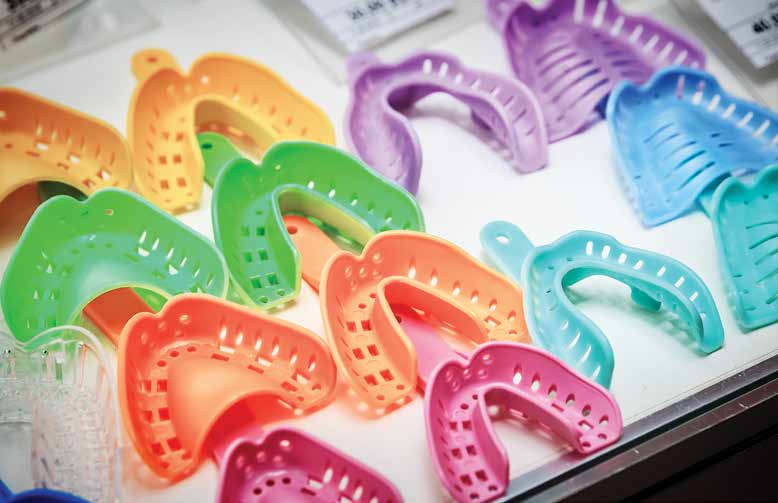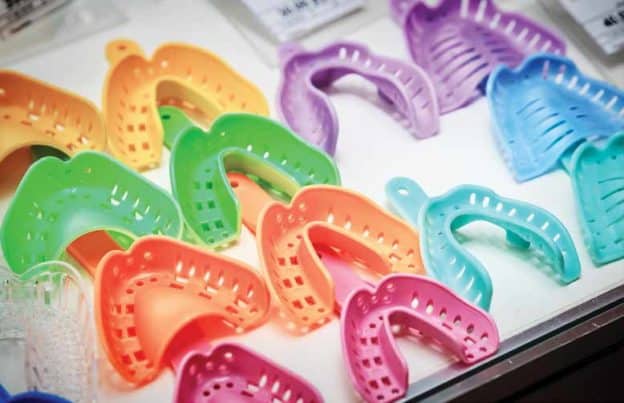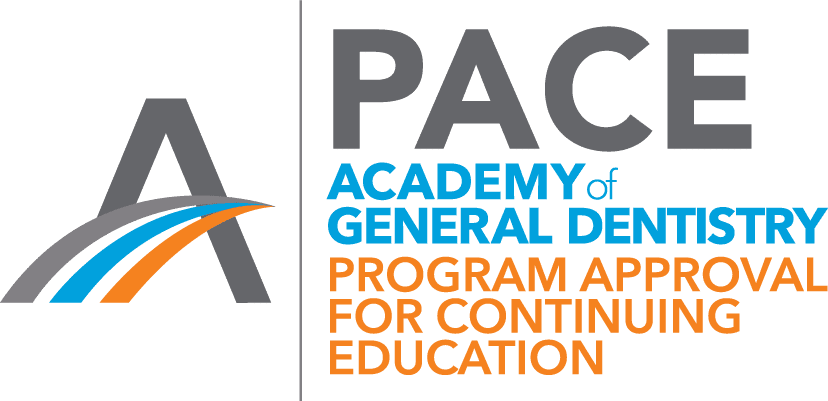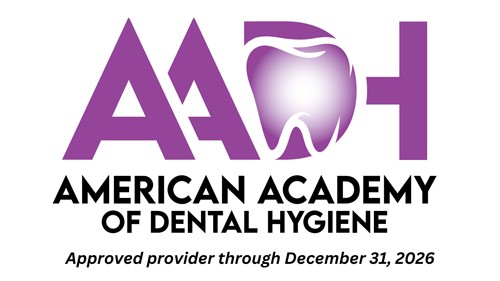This course is now closed. We apologize for any inconvenience.
Restorative dentistry, be it for fixed or removable prosthetics, requires an impression of the teeth and area to be restored for the laboratory to fabricate the desired restorations. Traditional physical impressions are still utilized the majority of the time to capture the needed information for the lab. Impression material viscosity selection will vary depending on what type of prosthesis is to be fabricated, which tray is being used, and whether the preparations are on natural teeth, implants, or an edentulous arch. Problems may arise during impression-taking that can compromise the lab’s ability to fabricate the restoration or may affect the accuracy and fit of the finished prosthesis. Identifying impression problems is part of the process, but how to manage these to improve the quality and accuracy of our impressions is critical to fixed and removable prosthetics.
Educational Objectives
At the conclusion of this course, the dental practitioner will be able to:
- Identify common impression problems.
- Correct common impression problems.
- Improve impression quality and avoid impression problems.
- Select impression materials that are best suited for specific restorative objectives.
© Bozhdb | Dreamstime.com
Quick Access Code: 21089






